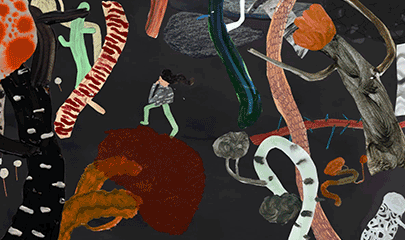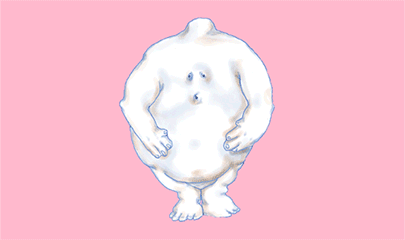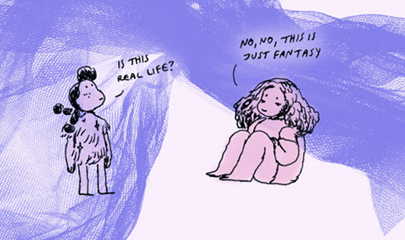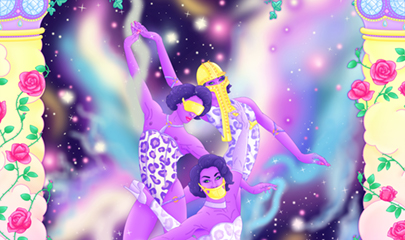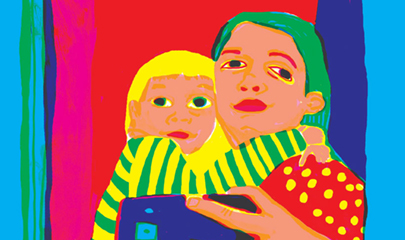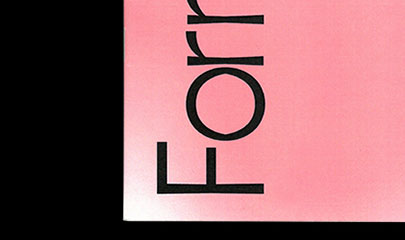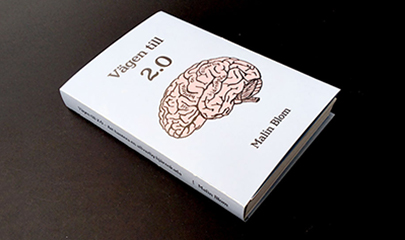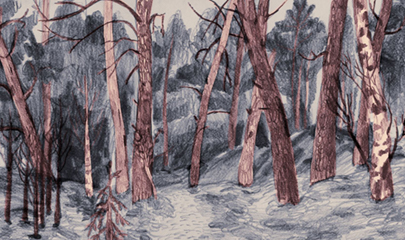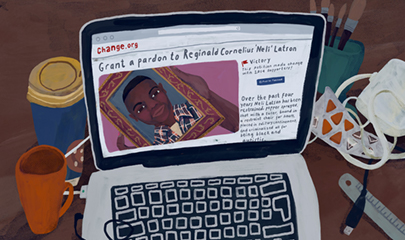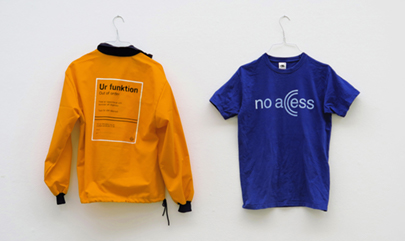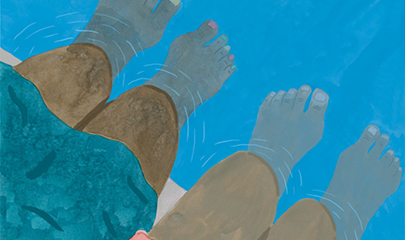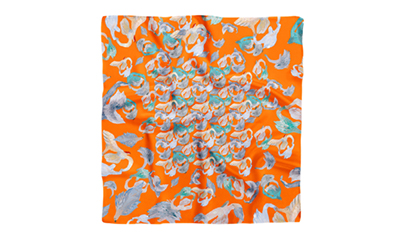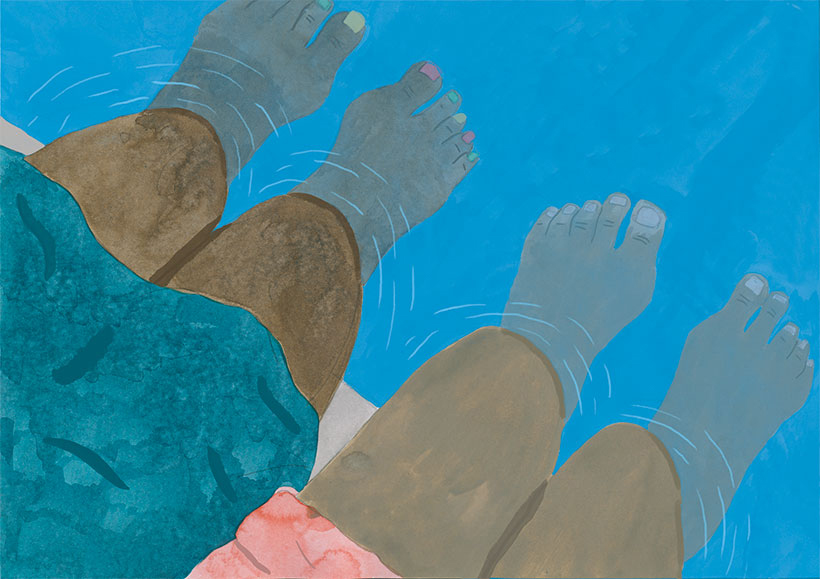
Image from Roots and Routes, a graphic novel exploring histories of one family’s migration
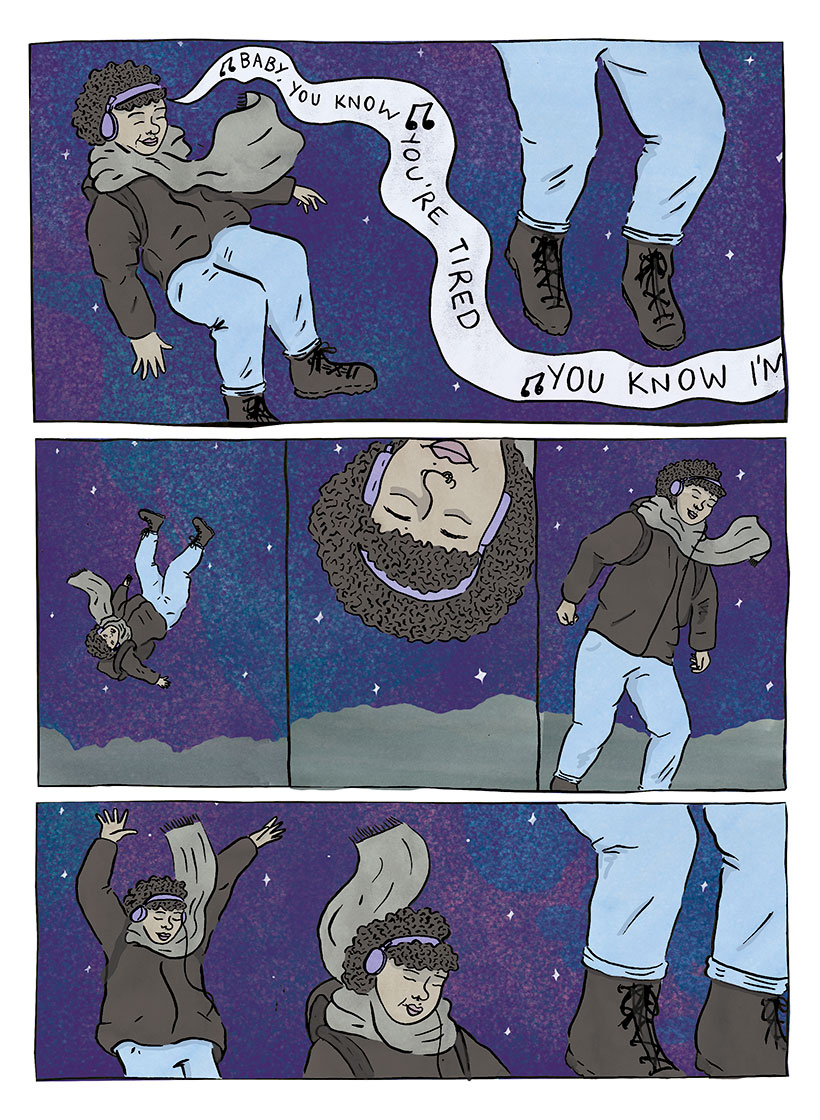
Image from Roots and Routes, a graphic novel exploring histories of one family’s migration
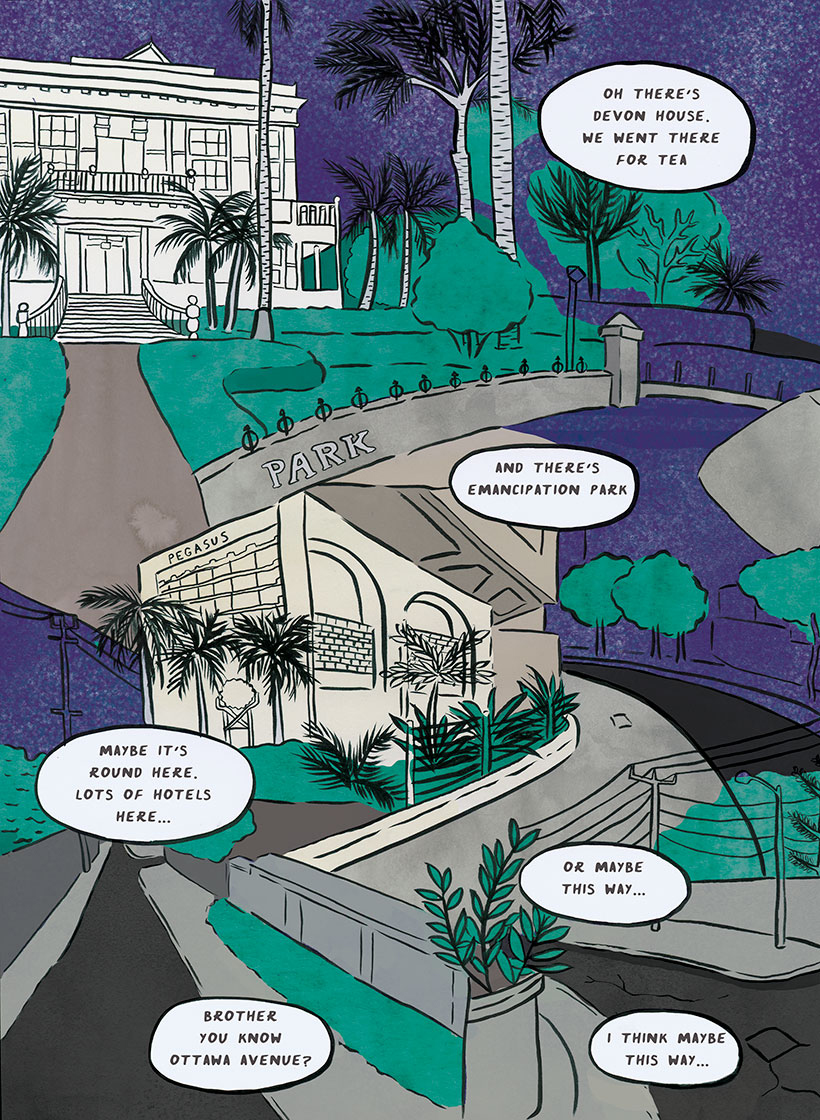
Image from Roots and Routes, a graphic novel exploring histories of one family’s migration
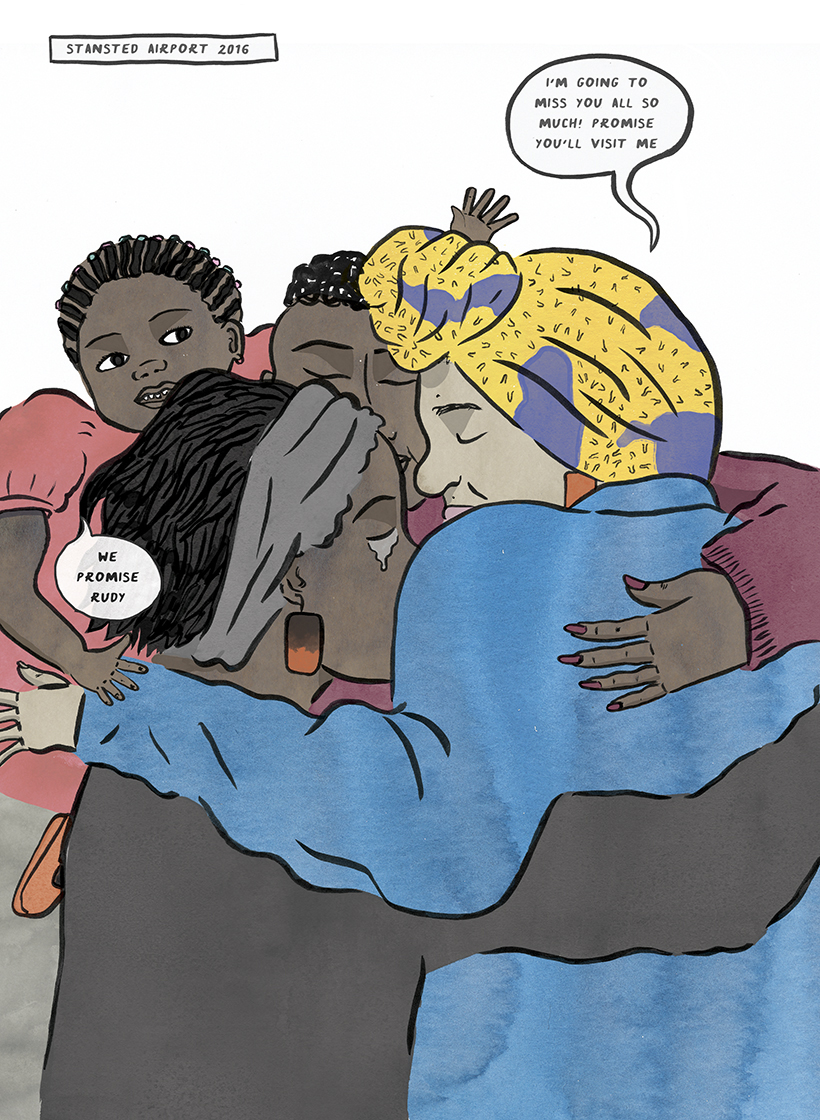
Image from Roots and Routes, a graphic novel exploring histories of one family’s migration
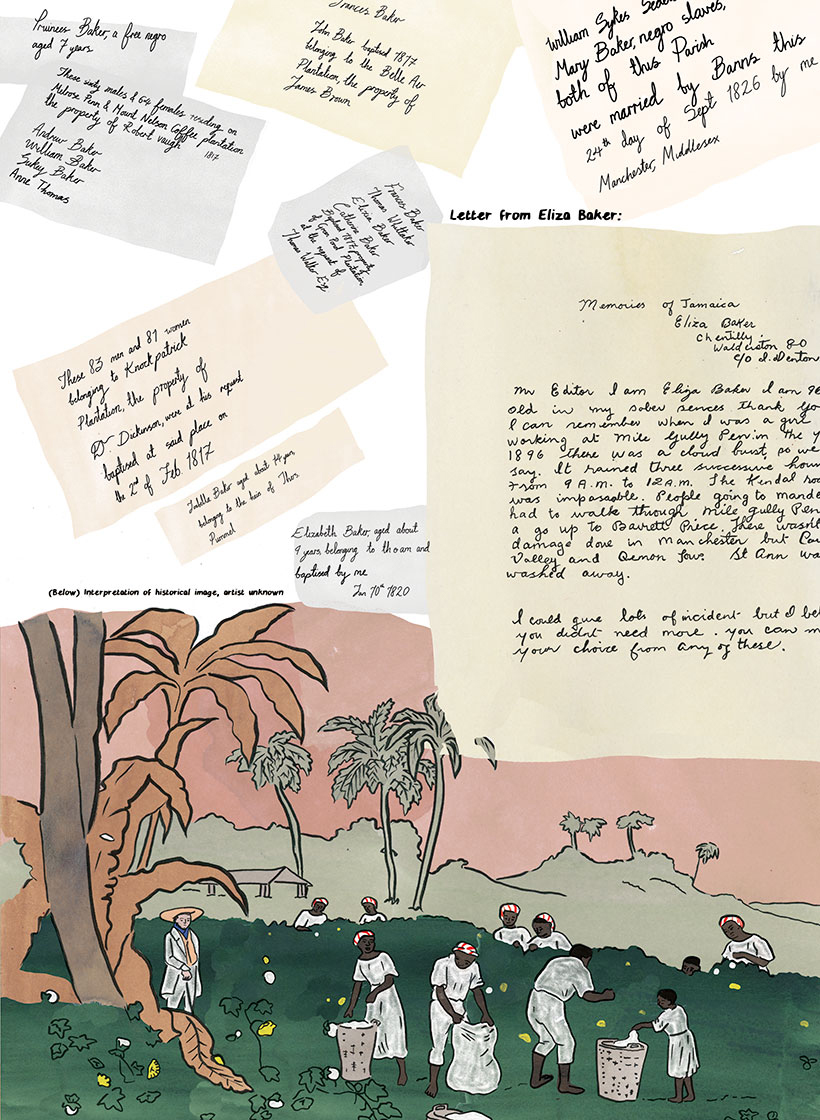
Image from Roots and Routes, a graphic novel exploring histories of one family’s migration
Roots and Routes
Roots and Routes is an intergenerational narrative connecting three locations: London, Mandeville and Stockholm, focusing primarily on the histories of women and non-binary people. The project looks at what affect it has on our sense of cultural identity to grow up in the diaspora, disconnected from the country of our parents or grandparents. Roots and Routes presents the search for a sense of belonging, whilst existing in the in-between.
Most of the experiences relate to one family and highlight how their individual perspectives are altered by their migration.
The lines of migration intersect with themes of racism, class, queerness, gender and colonisation. The intention of the project is to present black histories that challenge those stereotypically told in the white hegemonic narrative.
Roots and Routes
Roots and Routes är en intergenerationell berättelse som sammanför tre platser: London, Mandeville och Stockholm, med fokus på främst kvinnors och icke-binära människors historier. Projektet utforskar hur det känns att växa upp i diasporan, att vara frånkopplad fån våra föräldrars eller farföräldrars land och vilken påverkan det har på vår känsla av kulturell identitet. Roots and Routes söker efter en känsla av tillhörighet, samtidigt som den finns i mellanförskapet.
De flesta erfarenheter relaterar till en familj, och hur individuella perspektiv förändras allteftersom den geografiska platsen förändras i historien.
De olika erfarenheterna av migration tar upp teman av rasism, klass, queerness, kön och kolonisering. Projektets avsikt är att presentera svarta människors historier som utmanar de som stereotypt berättas i den vita hegemoniska berättelsen.

